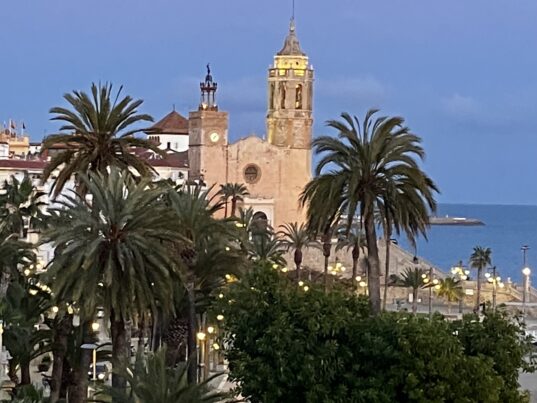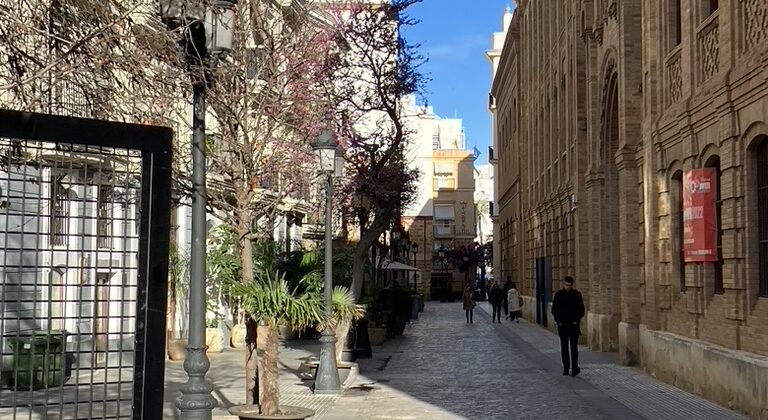Traveling through Cádiz – and Beyond
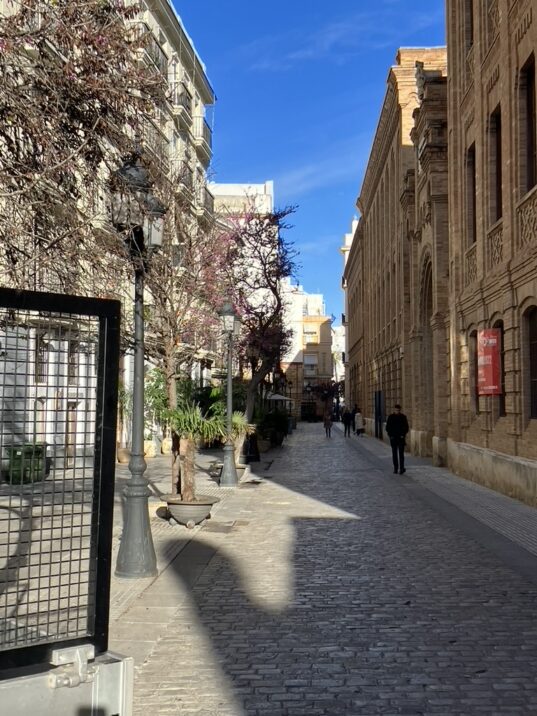
When I told a friend about my upcoming trip shortly before I left, she said (even though she was encouraging to me), “I’m only a New World person”.
And it’s true – I, too, have traveled almost exclusively in the New World. But the New World emerges from the Old.
Traveling through Cádiz (the oldest city in Western Europe, founded initially by the Phoenicians and later part of the Roman empire), I witnessed my Old World roots in a personal way – learning that this was the birthplace of the trans-Atlantic slave trade, as this port city held the exclusive licensing agreement with the port of Havana in the New World (as early as the 16th century). I wasn’t the only one. Cári, an Afro-Cuban woman traveling with us, was visibly moved after our walk through the port of Cádiz, and learning the history. The connections that I had seen Ned draw, and his insistence on tracing the African roots echoing through southern Spain – in the dance, in the music, in the history and architecture – was one of the things that initially drew me to this tour. I was chasing the breadcrumbs of the “long song” (a phrase coined by early jazz musician, transplanted from New Orleans to Europe, Sidney Bechet), as I took to calling it – the song that echoes across the Atlantic, to the Gulf of Mexico and the Caribbean.
I had learned from Ned, in reading his book, that Havana was the capital of the Spanish colonies in North America. And indeed, there was a steady flow of trade (most obviously and importantly, the slave trade) between Havana and New Orleans, lasting from the 1600’s all the way up to the embargo levied in the 1960’s. It’s because of the embargo, still in place, sadly, that there is so little memory of this connection today.
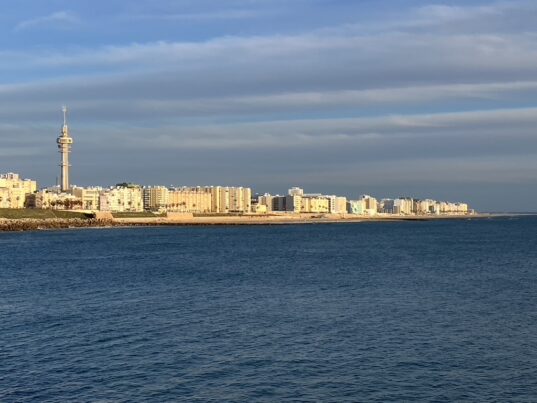
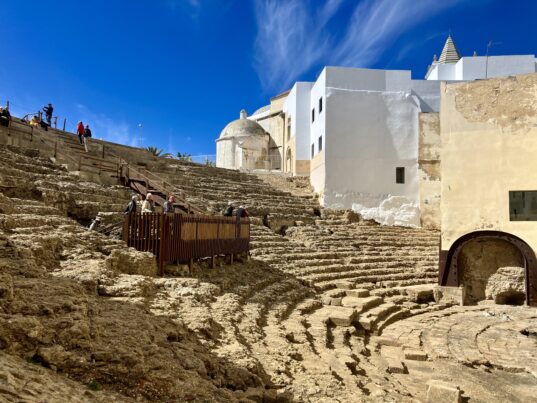
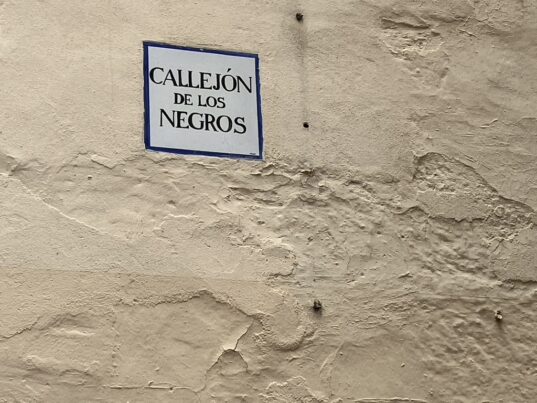
We passed the Calle de los Negroes there – in the African section of town. In the old town square of Cádiz, I was excited to see the statue of Moret, a celebrated 19th century politician. I have numerous Moret (almost all of whom believed their ancestry was French), cousins and ancestors in my extended family line.

It wasn’t Cádiz alone, though. As if visiting there wasn’t enough connection to my history, after I had begun planning this trip, I received an e-mail out of the blue, from a distant and unknown cousin, telling me that my own 3rd great-grandfather had left the coastal town of Sitges, south of Barcelona, to sail to Louisiana in the 18th century. Breadcrumbs. Pretty amazing, right? When I first began looking into visiting Barcelona, a few people had mentioned that it was worth adding on a side trip to the beautiful little town of Sitges. Now I just had to go. So to end my time in Spain, I added on a couple of days there. It was the perfect place to wind down at the end of this intense 3 weeks. This Mediterranean coastal town was like most coastal towns. There was beach volleyball, people out walking their dogs alongside the coast and beautiful sunsets to view – in this case, while sipping Cava from my hotel’s rooftop terrace, but there was also an impressive 17th century church at the end of the beach. A church I could imagine my ancestor also enjoyed seeing as he walked along the coast.
